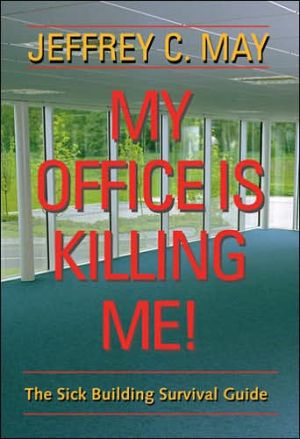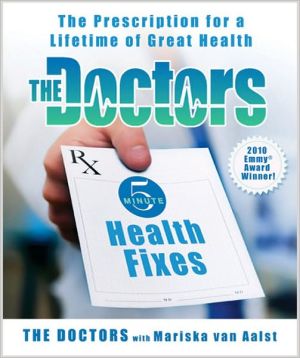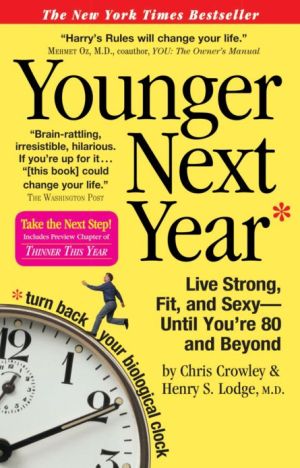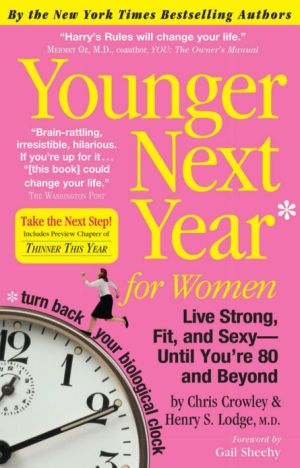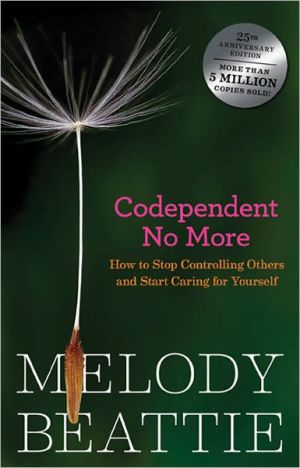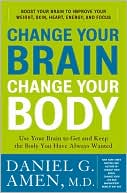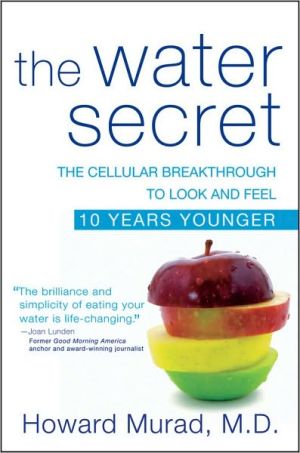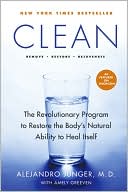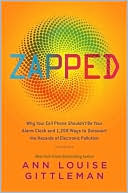My Office Is Killing Me!: The Sick Building Survival Guide
Bacteria and mold may lurk undetected in carpets or in the heating or cooling system of your office or school. When inhaled, the by-products of these organisms can cause allergy and asthma symptoms. Chemical vapors emitted by office furniture and equipment may also foul the air we breathe indoors, causing headaches, eye irritation, or other symptoms. Here the author of the best-selling My House Is Killing Me! and co-author of The Mold Survival Guide turns his attention to indoor air quality...
Search in google:
Bacteria and mold may lurk undetected in carpets or in the heating or cooling system of your office or school. When inhaled, the by-products of these organisms can cause allergy and asthma symptoms. Chemical vapors emitted by office furniture and equipment may also foul the air we breathe indoors, causing headaches, eye irritation, or other symptoms. Here the author of the best-selling My House Is Killing Me! and co-author of The Mold Survival Guide turns his attention to indoor air quality in public buildings. Blending his extensive professional experience with scientific explanations, May helps us see these buildings through the eyes of a building scientist, microscopist, and organic chemist. He offers a step-by-step approach to identifying, controlling, and often eliminating the sources of indoor air pollutants and allergens. Whether it's a case of mold in an elementary school or inadequate ventilation in a high-rise office building, this valuable guide can help people cope when the air they breathe indoors is making them sick. Doody Review Services Reviewer:J. Thomas Pierce, MBBS PhD(Navy Environmental Health Center)Description:Jeffrey May previously authored My House Is Killing Me!, a similar self-help manual. It is somewhat surprising that self-help manuals have not become more popular in a field such as indoor air pollution. May's series is something different and one that is needed.Purpose:This is intended to serve as a guide for people coping with air pollution problems they believe are originating with so-called indoor air. In sections where the author presents new material of a technical nature (usually chemistry concepts) he makes a special plea for the reader to be objective regarding why special terms are necessary. His blend of technical information with explanations for a broad readership is somewhat unique.Audience:The book is a fun little read and I think a wide variety of individuals will enjoy it. Beyond its curbside appeal, it may well be a book of first resort when individuals search the Internet for a reasonably priced book in this area. Its secondary audience is the author's peer group, other indoor air pollutant consultants, who could borrow some of his protocols and explanations, both of which are really quite good.Features:The information is organized in three major parts: basics (poor indoor air, shelter in the storm, diseased d?cor, and sea of air); daily life (schools, 9-to-5, infirmaries and courthouses, retail spaces and recreation); and final test (do-it-yourself, professionals, and more technical data). The conclusion is very brief but it is complemented by a resource guide, a list of abbreviations, notes, and an index. Assessment:I liked this book and will likely spend a weekend afternoon with it again. Don't be put off by the title. This little book has a lot to offer.
\ Real Estate ProfessionalWell researched and clearly presented by a recognized expert in the field.\ — Dr. Kenneth W. Edwards\ \ \ \ \ \ Chemical and Engineering NewsAn interesting read and a good resource for information on indoor air quality... it offers solutions rather than blame.\ — Lauren Heine, PhD\ \ \ \ ChoiceMay does a good job of explaining technical information in a simple manner, using instructive photographs... Will be especially useful for libraries emphasizing legal and policy collections.\ \ \ \ \ M.D. NewsThis book is a non-alarmist, extremely current, review of many now recognized sources of inevitable and not-so-inevitable air quality impairment... this book belongs in your reference library.\ — Richard Hughes\ \ \ \ \ \ Boston HeraldMay's new book on sick buildings offers practical cures for both individuals and those in charge of such properties.\ \ \ \ \ Environmental Building NewsA scientific, practical, and thorough guide to indoor air quality.\ \ \ \ \ Allergy & Asthma TodayTakes on very complex issues, explains them in a language we can understand, and best of all stresses that sources of indoor air pollution can be identified and removed.\ \ \ \ \ Respiratory CareThis very readable, 317-page book targets the general public and office occupants.\ — Janice Camp\ \ \ \ \ \ From The CriticsReviewer: J. Thomas Pierce, MBBS PhD(Navy Environmental Health Center)\ Description: Jeffrey May previously authored My House Is Killing Me!, a similar self-help manual. It is somewhat surprising that self-help manuals have not become more popular in a field such as indoor air pollution. May's series is something different and one that is needed.\ Purpose: This is intended to serve as a guide for people coping with air pollution problems they believe are originating with so-called indoor air. In sections where the author presents new material of a technical nature (usually chemistry concepts) he makes a special plea for the reader to be objective regarding why special terms are necessary. His blend of technical information with explanations for a broad readership is somewhat unique.\ Audience: The book is a fun little read and I think a wide variety of individuals will enjoy it. Beyond its curbside appeal, it may well be a book of first resort when individuals search the Internet for a reasonably priced book in this area. Its secondary audience is the author's peer group, other indoor air pollutant consultants, who could borrow some of his protocols and explanations, both of which are really quite good.\ Features: The information is organized in three major parts: basics (poor indoor air, shelter in the storm, diseased décor, and sea of air); daily life (schools, 9-to-5, infirmaries and courthouses, retail spaces and recreation); and final test (do-it-yourself, professionals, and more technical data). The conclusion is very brief but it is complemented by a resource guide, a list of abbreviations, notes, and an index. \ Assessment: I liked this book and will likely spend a weekend afternoon with it again. Don't be put off by the title. This little book has a lot to offer.\ \
